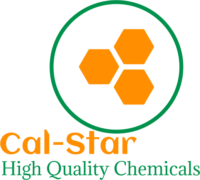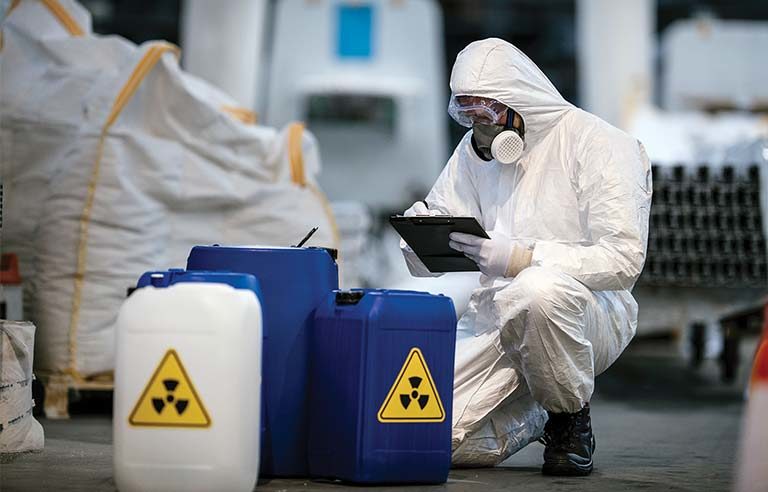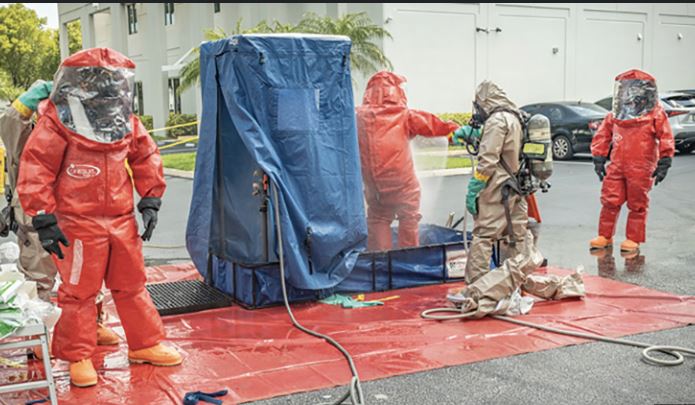When handling chemicals, safety must be a top priority. Proper safety gear is essential to protect individuals from potential hazards associated with chemical exposure. This gear includes a variety of protective equipment designed to safeguard against spills, splashes, fumes, and other risks. Investing in high-quality safety gear ensures that workers remain protected and compliant with safety regulations, minimizing the risk of injuries and health issues.

Essential Safety Gear for Handling Chemicals
Personal Protective Equipment (PPE)
Personal Protective Equipment (PPE) forms the cornerstone of chemical safety. It includes items such as gloves, goggles, masks, and protective clothing. Chemical-resistant gloves protect the hands from direct contact with hazardous substances, reducing the risk of skin irritation or chemical burns. Safety goggles shield the eyes from splashes and airborne particles, while masks or respirators prevent inhalation of toxic fumes. Protective clothing, including lab coats and aprons, offers full-body coverage, preventing chemical contact with the skin. Choosing the right PPE depends on the specific chemicals being handled and their associated risks.
Safety Footwear
Safety footwear is another crucial element of chemical safety gear. Chemical-resistant boots or shoes protect the feet from spills and splashes that may occur during handling or transportation of chemicals. These shoes typically feature durable materials and reinforced soles to provide added protection. In environments where there is a risk of sharp objects or heavy materials, safety footwear with steel-toe caps may also be necessary. Proper footwear not only prevents injuries but also enhances overall safety and comfort for those working with chemicals.
Fume Extraction Systems
Fume extraction systems are essential in environments where chemicals release vapors or fumes. These systems, including fume hoods and local exhaust ventilation, capture and remove harmful airborne contaminants before they can be inhaled. Fume hoods provide a controlled environment where chemical reactions can take place while containing and filtering fumes. Local exhaust ventilation systems target specific sources of fumes, improving air quality and reducing the risk of respiratory issues. Regular maintenance and proper use of these systems ensure their effectiveness in protecting against harmful exposures.
Emergency Response Equipment
Emergency response equipment is vital for addressing accidents or spills involving chemicals. Spill kits, which contain absorbent materials and neutralizing agents, help manage and contain chemical spills quickly. Eyewash stations and safety showers provide immediate decontamination for those exposed to chemicals. First aid kits, equipped with items like bandages, antiseptics, and burn treatments, offer initial medical care in case of injuries. Training on how to use this equipment effectively is essential for ensuring a swift and appropriate response during emergencies.
Training and Awareness
Training and awareness are key components of chemical safety. Proper training ensures that individuals understand the correct use of safety gear and the procedures for handling chemicals safely. This training should cover topics such as the identification of chemical hazards, the correct use of PPE, and emergency response protocols. Regular refresher courses and safety drills help maintain high safety standards and keep everyone updated on best practices. Fostering a culture of safety through ongoing education and awareness promotes a safer working environment for all.
Maintenance and Inspection
Regular maintenance and inspection of safety gear are crucial for ensuring its effectiveness. PPE and emergency response equipment should be inspected frequently for signs of wear and tear. Replacing damaged or expired items is essential to maintain optimal protection. Fume extraction systems and safety equipment should undergo routine maintenance and calibration to ensure they function correctly. Keeping accurate records of inspections and maintenance helps track the condition of safety gear and ensures compliance with safety regulations.
Conclusion
Essential safety gear plays a critical role in protecting individuals from the hazards associated with handling chemicals. By investing in and properly using personal protective equipment, safety footwear, fume extraction systems, and emergency response equipment, workers can significantly reduce their risk of injury and health issues. Ongoing training, awareness, and maintenance further enhance safety and ensure a safe working environment. Prioritizing chemical safety gear is not just a regulatory requirement but a fundamental aspect of creating a secure and healthy workplace.




